Corcovado National Park on Costa Rica’s Osa Peninsula is recognised as being the largest and wildest of the country’s numerous natural reserves. Covering an area of 424 square kilometres, the Osa Peninsula is known for its wildlife, its inaccessibility, and its luscious jungle that descends right to pristine white beaches and the Pacific Ocean.
Corcovado National Park Facts
Location: Osa Peninsula, Costa Rica
Distance: Less than 20 km
Days: 2
Camping: Campsite with facilities
Difficulty: 1/5
Guidebook: Costa Rica Rough Guide
Accommodation: Drake Bay
There are several ways to enter Corcovado National Park: from the north to San Pedrillo ranger station, which is accessible only by boat from the nearby town of Drake Bay; in the centre of the park, La Sirena, which is accessible via air or by a long hike from San Pedrillo; and in the south, via Puerto Jimenez.
La Sirena is often recommended as ‘the’ place to see the larger wildlife but it is closed during the rainy season, opening from November. Unfortunately we were visiting right at the end of October so could ‘only’ visit San Pedrillo – though this was hardly a hardship at all as we saw plenty of wildlife and benefited from far fewer tourists. Whatever you visit in Corcovado, a permit is needed if you want to camp overnight (highly recommended). We arranged permission with the park guards via email (in Spanish) and found them very helpful and responsive.
The boat trip from Drake Bay to San Pedrillo takes about an hour and is a great way to set the tone for the adventure ahead – there is something special and exclusive about arriving by boat at a ranger station sitting right on the beach, surrounded by dense jungle reaching right to the water’s edge.
Our guide was arranged via our hotel in Drake Bay (Las Cotingas) and although the footpaths in the park are clearly marked, he was essential for our enjoyment of the trip. While we would have liked to have seen a jaguar or a tapir, much of my interest in nature lies in the small details, and without our guide we would have walked blindly past many, many insects, birds, and other creatures.
Our guide was so good at spotting families of coatis deep in the forest, monkeys overhead, and even a tiny frog the size of a fingernail in the leaf litter that we started to wonder if he had somehow planted them their before we arrived! Most of the guides in Costa Rica also carry binoculars or even tripods and spotting scopes, which were surprising high quality and enabled us to see a lot more than with even a long zoom lens. It is also easy to take quite high quality photos through these scopes, although compact cameras and smartphones work better for this than DSLRs, frustratingly.
Corcovado day trips leave Drake Bay early – often around 7am – so tourists can arrive at San Pedrillo and still take a 3-4 hour hike before returning to the town. As we were staying overnight we managed to add a second late afternoon walk to this, plus two early morning walks the next day before leaving at around 1pm. One of the great benefits of this was that we could see the different environmental zones of the park: one morning we walked through the secondary forest, viewing lizards, coatis, and monkeys feeding high in the trees; in the afternoon we hiked back via the pristine beach where we viewed hermit crabs scurrying across the sand and scarlet macaws feeding on almond trees. On another walk we climbed higher into the park and walked through the older primary forest where the lack of light reaching the forest floor means less vegetation and fewer animals, but creates an eerily silent environment surrounded by giant, ancient trees.
During our time in the park we had several reminders that, despite the ranger station and the guide, we really were guests in a very, very wild environment. On our second day, after wading a shallow river 30 metres from the San Pedrillo ranger station, we looked further up the bank and saw a crocodile – at least 10 feet long – basking itself on the sand. We had crossed the river in a regularly used and safe spot – the water was too shallow for the crocodile, but we could easily have wondered further upstream if we had not known the area.
Also on the second day, we set out for an early morning walk deep into the jungle above the ranger station. Suddenly Rebecca stopped right in front of me, frozen in a combination of fear and fascination, as a small snake – coiled and ready to strike – sat on the path between her and the rapidly retreating -away from us – guide. Somewhat stupidly we stayed still, taking a photo, before the snaked darted incredibly quickly up a tree. It wasn’t until later that we realised the snake was a young Fer-de-Lance – probably the most dangerous species in Costa Rica – and that when we had taken our eye off it, it could have easiest sped towards us instead of away. The guide later told us that young snakes Fer-de-Lance are considered more dangerous: whereas an adult will often ‘dry bite’ if merely trying to give a defensive warning, young snakes are unable to regulate the venom they inject and often deliver a much higher dose as a result.
A bite from a highly venomous young snake deep in the jungle, over an hour by boat from the nearest tiny village, is not something I want to think about. The next time I saw a snake in the path in Costa Rica – near Rincon de Viejo, I unashamedly back away very quickly!


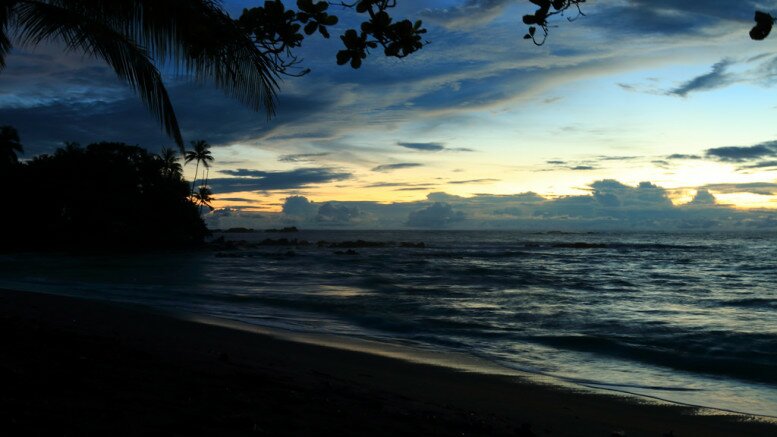

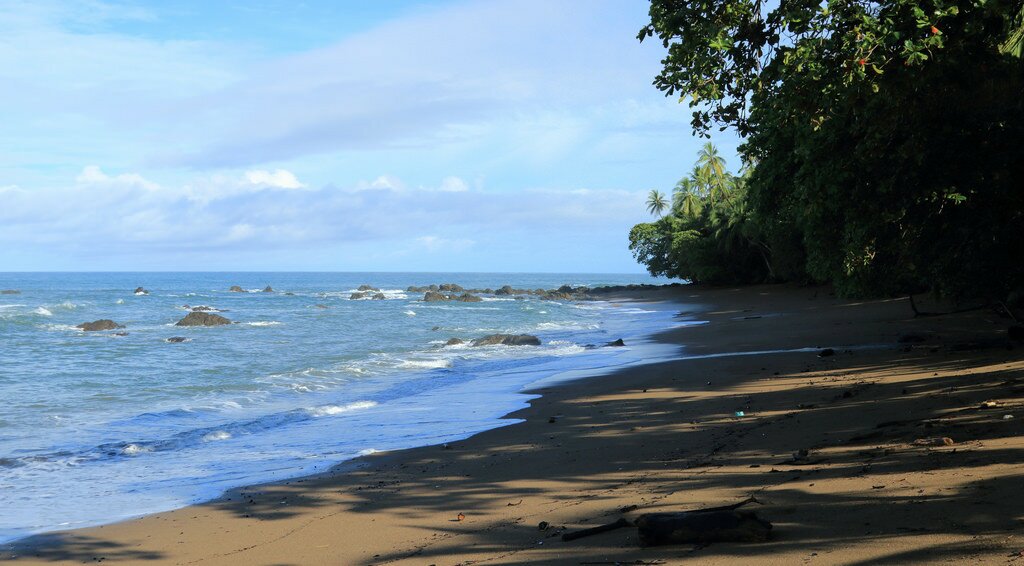
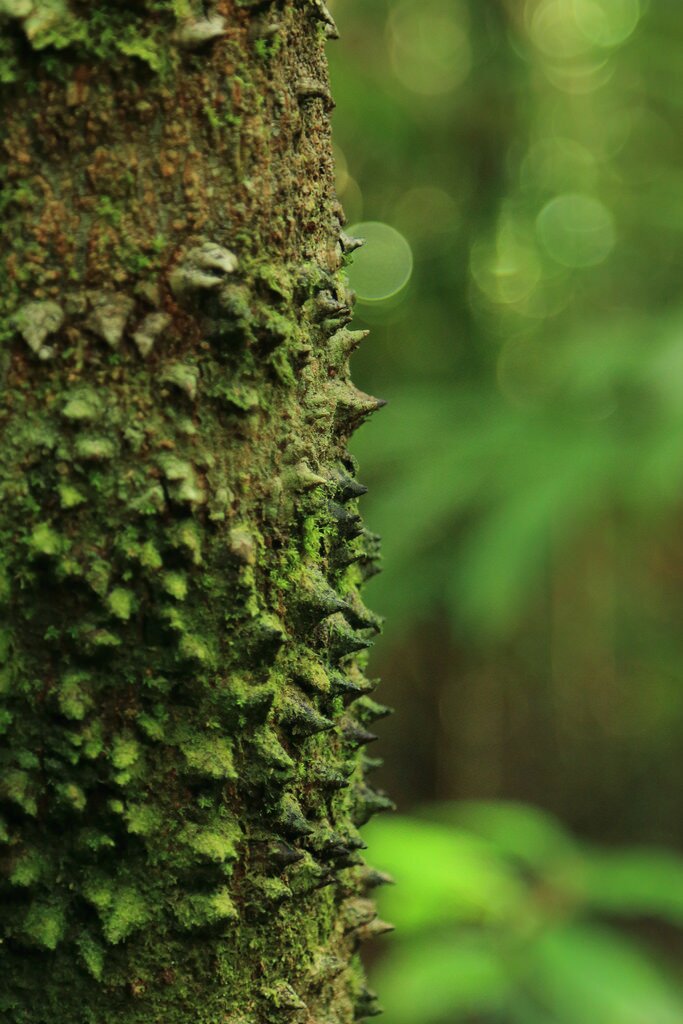
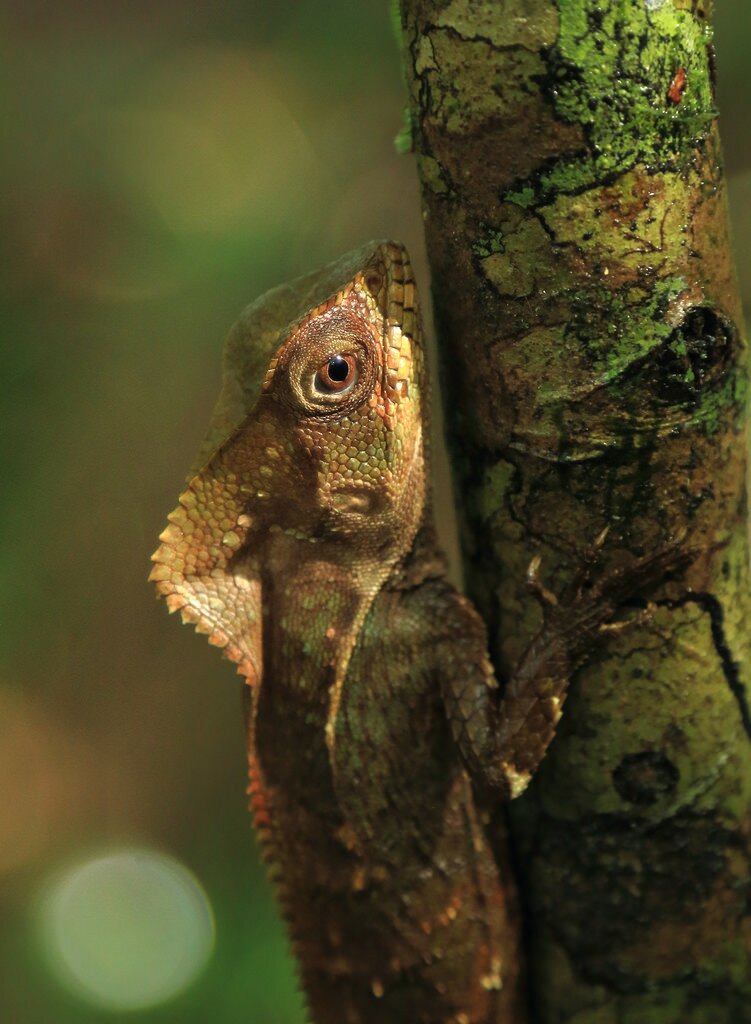
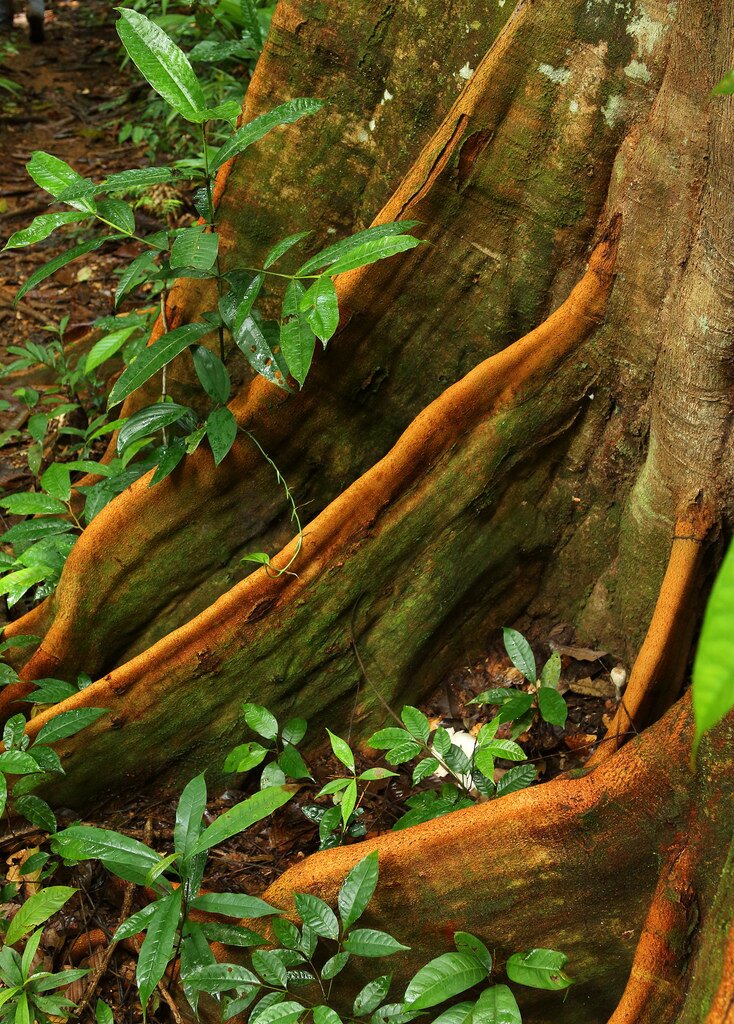

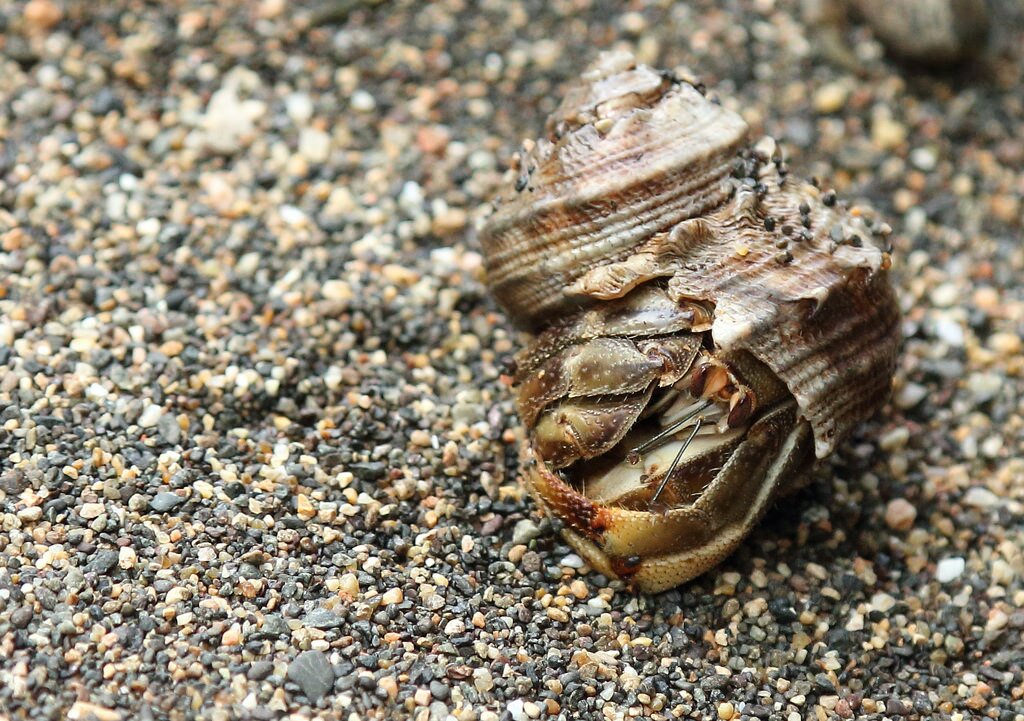
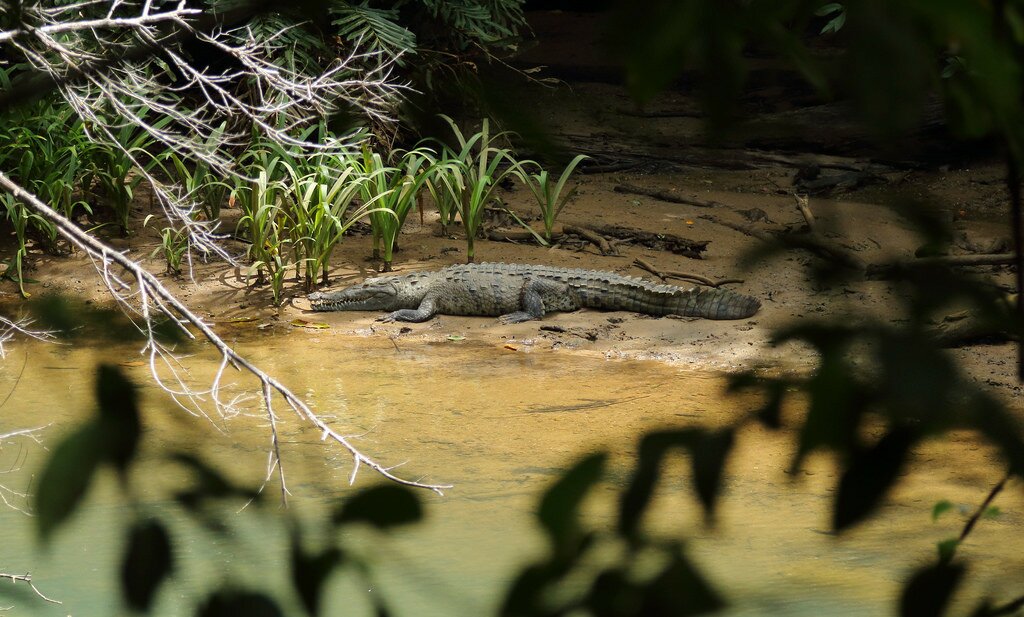

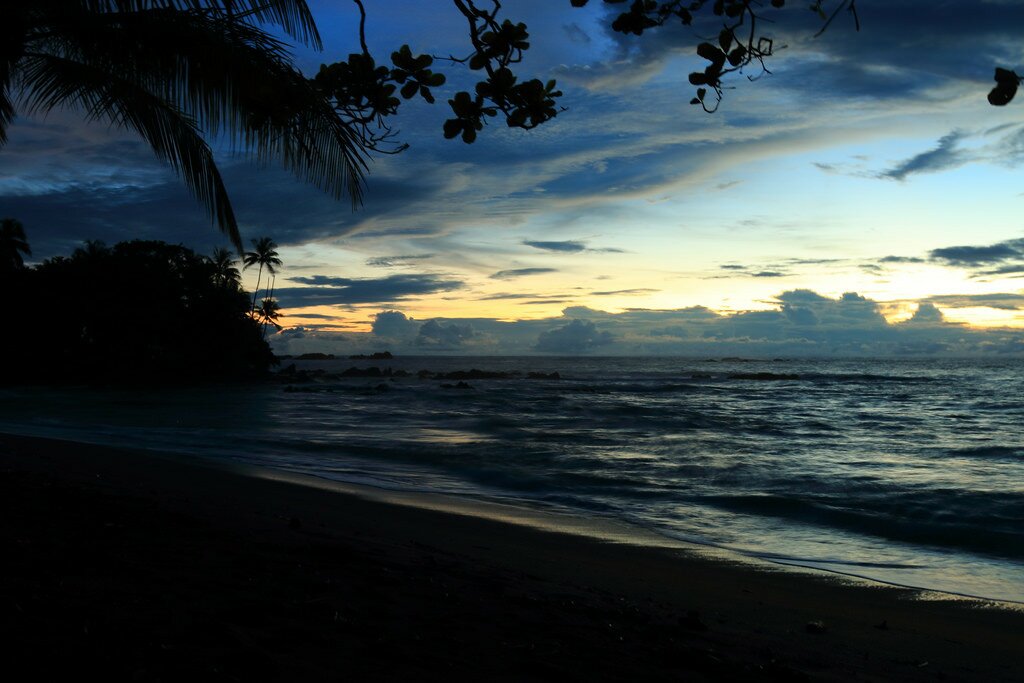
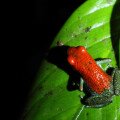
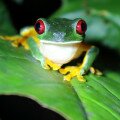

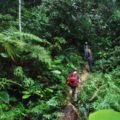

Leave a comment